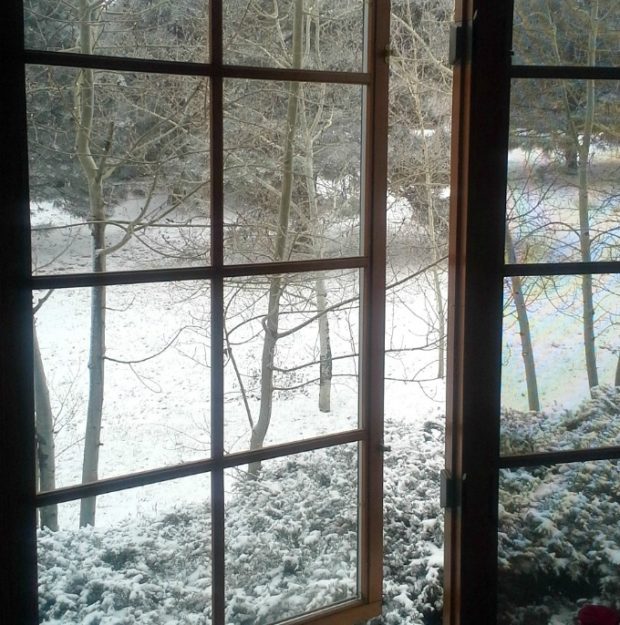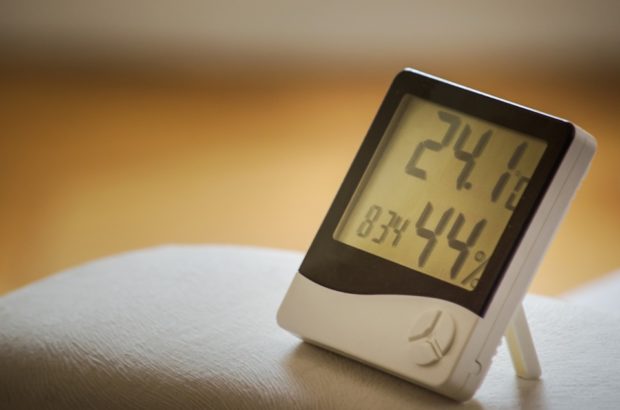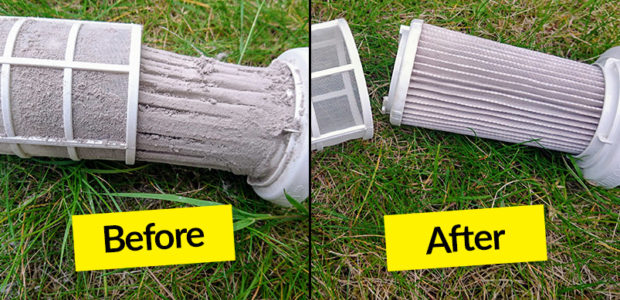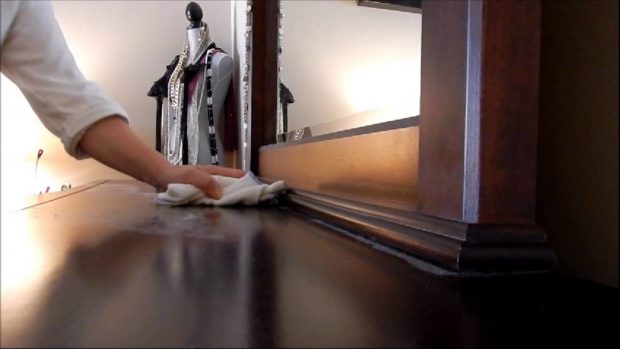Does it annoy you how the cold winter weather makes air less moist, especially in combination with indoor heating that makes it even drier than it already is. Add the seasonal flu and you get a jackpot that results in colds, sore throats and sinus infections. But it doesn’t have to be like this. There are quite a lot of things that you can do to improve the quality of the air inside your home during winter.
We are going to suggest 5 essential steps that will improve air quality during winter to you.

1. Perform a checkup on your home’s HVAC
The HVAC system is mostly responsible for the air that circulates your home during winter because you’ll be using the heating almost all of the time. This puts it on top of our list.
Get a professional to make sure that the HVAC services are working as intended and see if there are any things that need to be thoroughly cleaned out. Even if everything is running as it should, you don’t want any more dust and dirt being blown into the air that you breathe at home.
2. Ensure humidity level is optimal
When the cold winter air, which is already dry enough, gets heated up by your HVAC system, it becomes even less moist. Of course, you don’t want too much humidity in your home in order to prevent the formation of mold but ideally, you should keep the humidity between 40-55%. Dry air will make breathing very uncomfortable, so consider investing in a good humidifier. There are all kinds of humidifiers, ranging from small desk units to systems that can cover the entire home, so you can find exactly what you need.

3. Create an opportunity for air to circulate
One of the oldest tips to prevent poor air quality is to make sure that it gets to circulate in and around your home. If a certain room is sealed off, then the air inside will go stale which increases to chance of pollutants building up as well as an overall breathing discomfort. So use whatever chance you get to open a window or a door open to let fresh air inside if you don’t have a dedicated ventilation system.
4. Get a decent vacuum cleaner
Cheap vacuum cleaners can clean your carpet but at the price of dispersing dust particles in the air that you breathe. Consider getting a vacuum with a HEPA filter that will stop even the tiniest of particles being blown out from the vacuum cleaner. But even if you do have a good vacuum cleaner you need to clean the filters out quite regularly, especially during winter when you have less opportunities to let some fresh air in.
5. Clean often
It goes without saying that if you don’t want dust in your air, you shouldn’t have dust elsewhere. Dust often and you will drastically decrease the amount of dust circulating in your air which gets easily picked up by the air flow created by the HVAC systems.
You should also refrain from using scented candles or air fresheners if there is a particular odor in your home. The correct way to handle this is to find what is causing the odor rather than trying to mask it. Clean it up, ventilate the air in your home and then use scents if you still want to.
Bonus tip: Create a simmer pot instead of using scented candles
Why buy scented candles when you can create a much fresher scent from a simmering pot full of fruit and spices. It doesn’t only smell better but it also is quite a lot cheaper and fully customizable. Our favorite one is made of an orange and a few slices of ginger root.
First of all, take the orange and slice it up, alternatively, you can use the peel from 2 or 3 oranges. After that take 3-4 slices of ginger root, or a tablespoon of ground ginger.
When you’ve got all of the ingredients ready, take a large saucepan and fill it with water. Add all of the ingredients and bring it all to a low simmer and keep adding water to avoid burning as it evaporates. It’s as easy as that, and you get a fresh scent around your home.







